 I met my little grandson when he was only two days old. Of course he was absolutely gorgeous and I was instantly smitten. But what struck me most as I held him was his face, specifically how expressive it was. In the course of a few minutes he went from peaceful contentment to wide eyed wonder to extreme distress and back again several times. His face must have been reflecting every little feeling he was experiencing, and it was all there to see.
I met my little grandson when he was only two days old. Of course he was absolutely gorgeous and I was instantly smitten. But what struck me most as I held him was his face, specifically how expressive it was. In the course of a few minutes he went from peaceful contentment to wide eyed wonder to extreme distress and back again several times. His face must have been reflecting every little feeling he was experiencing, and it was all there to see.
Over time we learn how to control our facial expressions better, and we tend to modulate what we show. However, when we are under stress, our emotions can “leak,” showing the world we are uncomfortable.
For instance, in public speaking, we might grimace as we mispronounce a word. Or look startled when we are taken aback by a tough question. Our faces can reflect our discomfort or anxiety.
On the other hand, some people habitually paste a smile on their face to mask anxiety. They might laugh or giggle when they make a mistake, or when the anxiety becomes too much. The audience may think they are silly, or insincere.
To avoid both extremes some people adopt a very controlled facial expression. They can look vacant, unnatural. At an extreme, they can become so controlled they lose their natural expressiveness.
Listeners pay attention to our faces to see if what we say is congruent with how we say it, and anytime they perceive a mismatch it casts doubt on our veracity. Yet, it is impossible to mask every expression. So what at is a stressed out speaker to do?
1. Avoid constant smiling. If this is your habit, try to turn it into a more neutral, pleasant look but avoid a constant or tight smile.
2. Avoid stiffness or tension. Look for tension in your forehead, your mouth, or between your eyes. This may be a habit you are not even aware of.
3. Soften your eyes. If your eyes look too intent, you may have the look of a deer caught in the headlights. Or you may look harsh or angry when you are not.
4. Match your face to your content. A smile is always appropriate when the news is good, or when you are meeting and greeting a new audience or welcoming team members. A more somber expression is key when the news is serious, or bad. A neutral face is best on those occasions.
5. Practice smiling in the mirror. I believe you can get more comfortable with a smile by practicing it. Make sure the smile extends to your eyes as well as your mouth. In fact, smiling with your eyes is often just the right move to make.
6. Exaggerate slightly in front of a very large audience. Subtle expressions might get lost in front of a large group. You can go with a bigger smile, an exaggerated frown in these cases.
7. Get feedback. Speak in front of a mirror, ask someone you trust to be honest with you, or video record yourself in action and see what your face is really saying. You might think you are smiling broadly and find out your smile is weak or even missing. You might find out you look too intense. Once you know for sure, you will be able to make corrections as needed.
Your face is really important to your listeners and your ability to build trust and rapport. Take steps now to be sure it is adding to the effectiveness of your talk.
 Sections of this topic
Sections of this topic
















